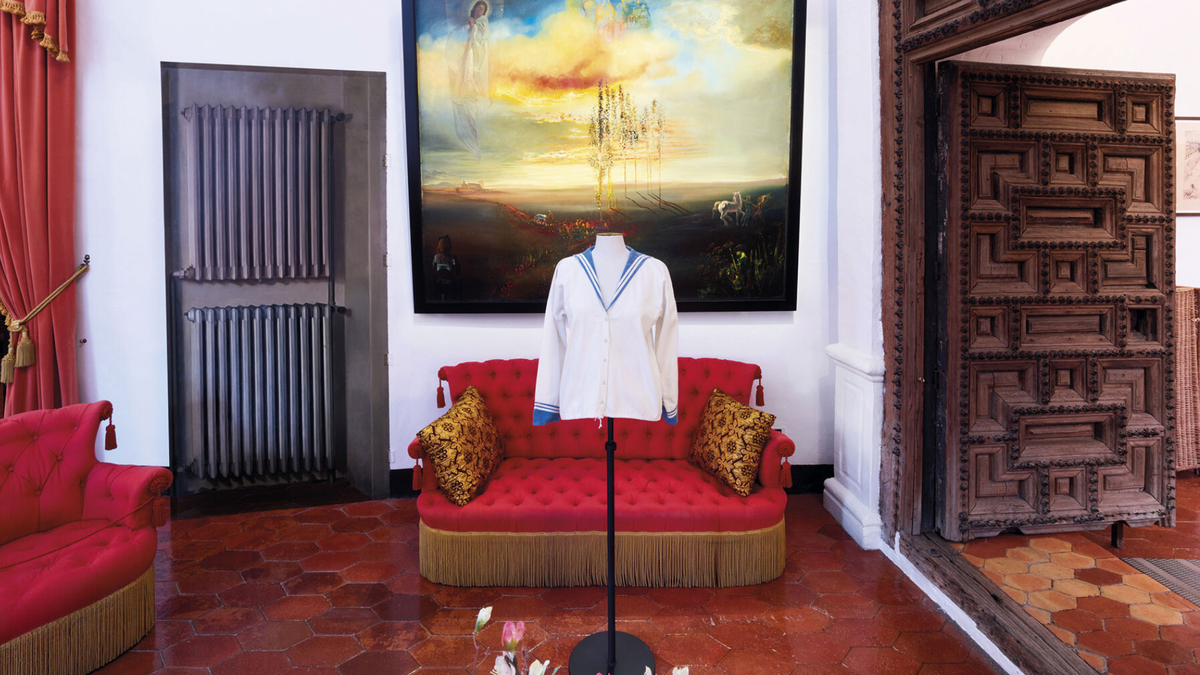There is a castle atop a hill in Púbol, north of Barcelona. The building, with vines draped around its brick walls and surrealist architecture, belongs to Gala Dali, wife of the surrealist painter Salvador Dali. It was bought as a gift in 1969 and she lived there undisturbed – according to rumours even her husband was not allowed entry without her written permission. She wrote an unfinished book in the latter part of her mysterious life, perhaps about her own polarising perceptions. The woman, who was scorned by French poet André Breton (he saw her as a rival), and loathed by Spanish filmmaker Luis Buñuel – who apparently once tried to strangle her because he was fed up with her “insults” – was a victim of her time, maligned and denounced by the exalted men who controlled the echelons of creativity and elite society.
Gala Dali in 1943 | Photo credit: Horst P. Horst
Now, vintage clothes designed by the likes of Gabrielle Chanel, Givenchy and Christian Dior have been excavated from her home and her wardrobe to reveal a lesser-known aspect of her personality: the PR machinery she built around her surrealist artist husband. “She was a mastermind,” says Noelia Collado, co-curator. The Awakening of the Myth: Gala Dali The exhibition (in partnership with Fundació Gala-Salvador Dali), which spans the castle and La Roca Village, one of the Bicester Collection’s luxury retail hotspots, runs until January 2025. “She created the image she wanted to present to the world, even down to what Dali wore. They made fashion statements wherever they went.” A dress with a trompe-l’oeil print designed in collaboration by couturier Elsa Schiaparelli and Salvador Dali was first worn and promoted by Gala; today it is part of the exhibition.
As I wandered the temperature-controlled top floor of the palace, wrapped up in stories of how Gala was misunderstood in her time, another rebellious woman from a hazy past flashed into my mind. Decades apart, artist Yoko Ono in England was a woman flogged by the British public for breaking up the band, The Beatles. Considered the ‘Dragon Lady’ in the tabloid press, mocked for her accent, called a ‘nip’, ‘chink’ and ‘jap’ by the public, and anointed “the world’s most famous unknown artist” by her famous husband, John Lennon, years later, at the age of 91, her work is being honored with an exhibition at the Tate Modern in London. Yoko Ono: Music of the Mind,
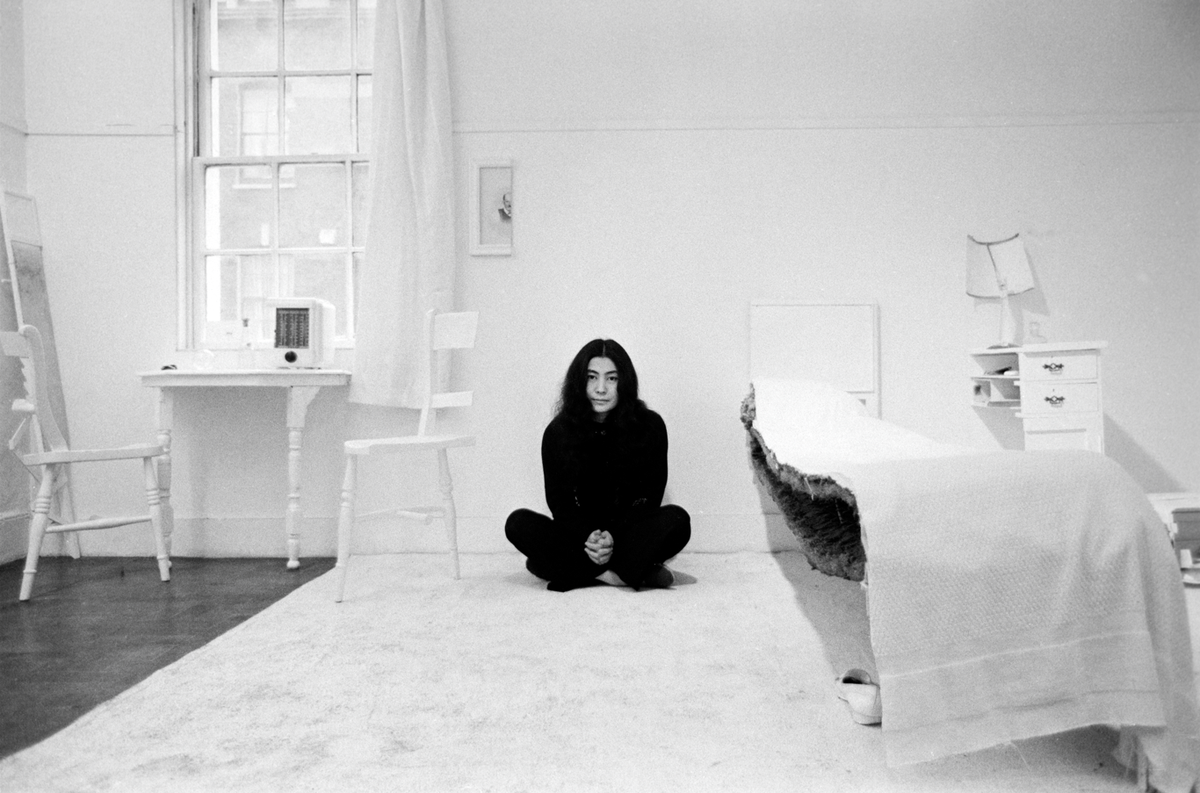
Yoko Ono, from Half-A-Wind Show – A Review | Photo credit: Clay Perry
So could 2024 be the year we rewrite the misunderstood women’s liberation story of the past?
Functioning of museums
“I think museums need to be accountable to society,” says Isabella Koraca, lecturer in fashion history and theory at Central Saint Martins (University of the Arts London) and former curator at the British Museum. “We’re going through a huge period of social change and hopefully social justice. And not just in terms of feminism, but also in terms of sexual politics or identity politics. Museums are understanding this and participating in those discussions through exhibitions.”
But it’s also a matter of making money. “At a time when public funding has decreased significantly over the past decade, museums are increasingly dependent on what we call blockbuster exhibitions,” explains Koraca. “Exhibitions that touch a nerve with the audience, either because they are responding to something society is grappling with or that has always attracted people’s interest – usually celebrities.” Whether it’s fashion designers Mary Quant and Gabrielle Chanel, or singer-songwriter Taylor Swift – the American artist’s in-concert wardrobe is going on display at London’s Victoria and Albert Museum (V&A) this month – bold female personalities with a sensational story have become fodder for museums.
And it’s working. “Our fascination with these strong women is what draws us in,” says Carrie Scott, art historian and founder of Scene.art, a broadcast channel and art consultancy that demystifies the art world. “We’re all curious to know what all the fuss was about. So, it’s a really smart move to feature women in exhibitions who are polarizing or ‘difficult’ because that brings us out.”
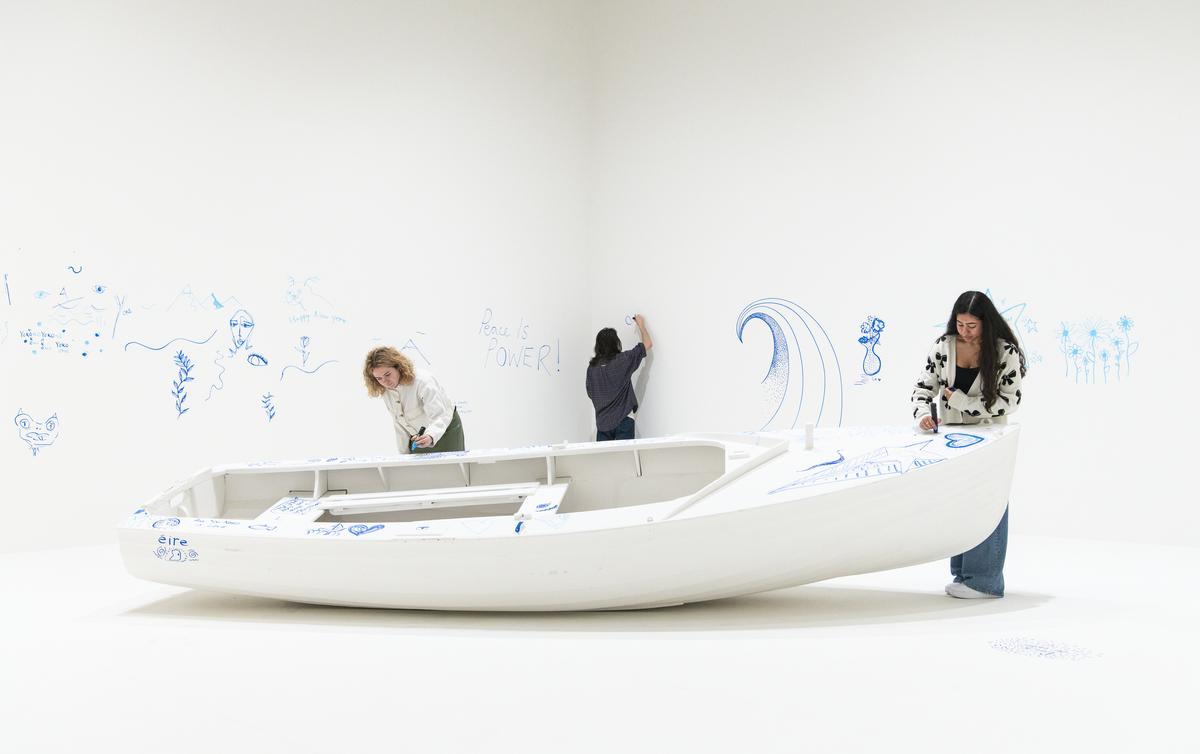
Add Colour (Refugee Boat), an interactive installation conceived by Yoko Ono | Photo credit: Lucy Green
Flipping the script
Meanwhile, at the V&A, at the exhibition Naomi: In fashionThe video of the supermodel falling during a 1993 Vivienne Westwood show is no coy addition, but something that humanizes Campbell beyond her Amazonian fashion image. She falls, gets up, smiles. The fallacy of being human is once again brought to a head when video plays of the English model emerging from community service at the New York City Sanitation Department. A misdemeanor conviction (she threw a phone at an employee in a fit of rage in the early 2000s) was a low point, but always a deft communicator, she used her entrance and exit to the department as a catwalk, using clothes to send a larger message to the public and the industry.
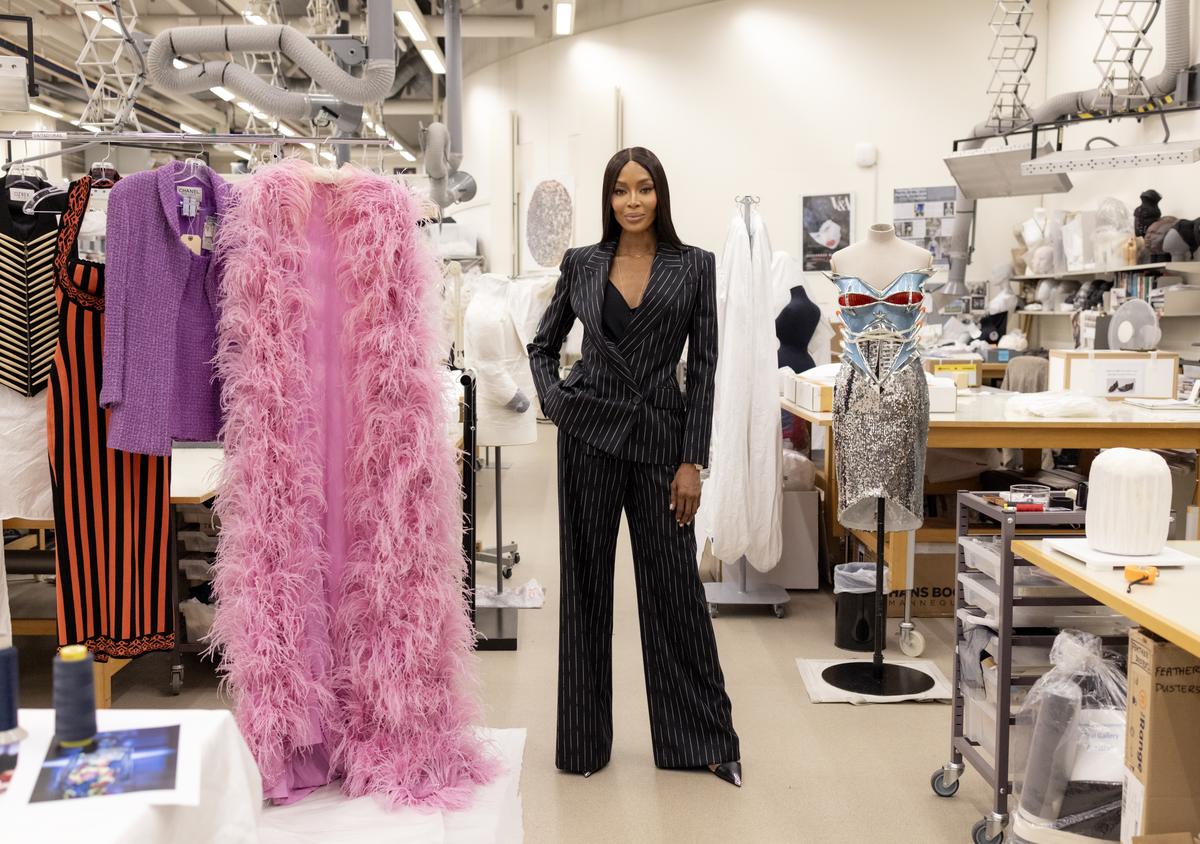
Naomi Campbell at the V&A | Photo credit: Marco Bahler
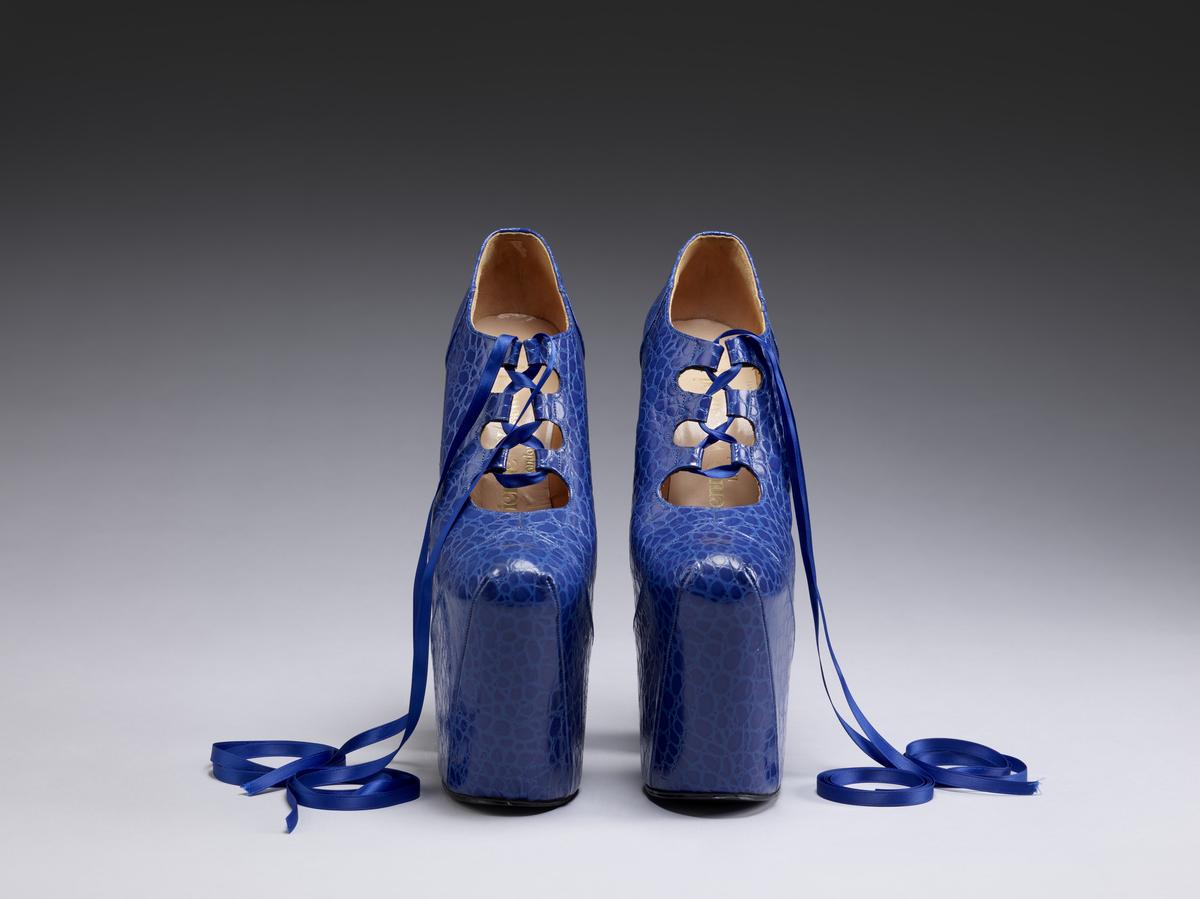
The Vivienne Westwood shoes that Campbell wore on the runway | Photo credit: Kevin Percival
“It was important to address the pressure that comes with being in the spotlight and understand how she chose to address that moment. She decided to use fashion as a tool,” said curator Sonnett Stanfill, who interviewed Campbell for 18 months in the lead-up to the exhibition (on view until April 2025), which celebrates her creative collaborations, activism and cultural impact through the work of leading global designers and photographers. “On the last day of community service, she wore a Swarovski crystal-studded Dolce & Gabbana evening dress. The belt is a large metal corset fastened with a lock and key – perhaps a nod to her court experience. It’s on display at the V&A.”
The exhibitions raise the question: what is the definition of a “difficult”, “notorious” or, in the words of one convicted former POTUS, a “bad” woman? “If you ask for what you want and you are not considered important enough, you are considered ‘difficult’,” says Zahra Khan, founder of Art Divi, a platform that aims to expand the global reach of South Asian art. “To get access to the rooms or circles of these women, they must have faced difficulties.” Campbell was teaching makeup artists how to work with black skin; Yoko Ono had not broken up the Beatles. “There is no woman as powerful. But these women are repeatedly made scapegoats. We all know Naomi’s reputation. Is that fair? I doubt it
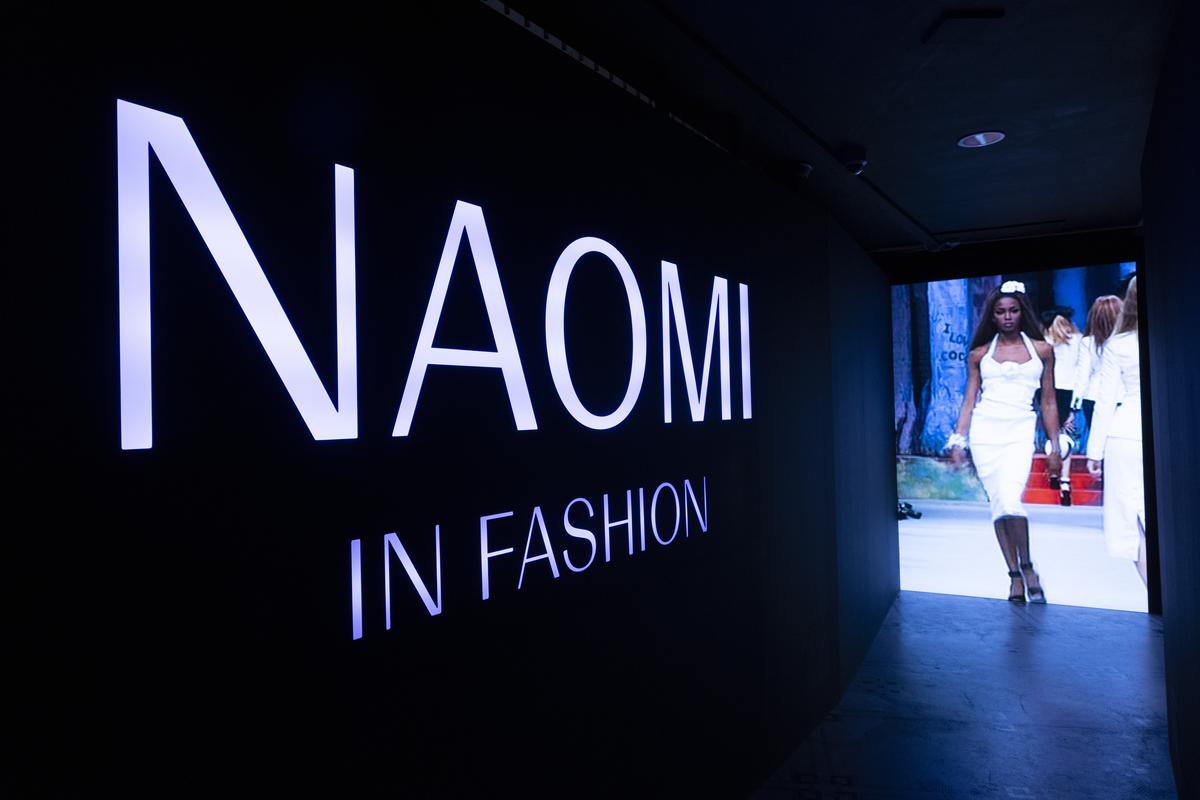
Naomi in fashion Exhibition | Photo credit: Peter Kelleher
A modern echo
Through re-examination using the lens of context, passing times, and a modern audience ready to get to know these women again, the finer details of their stories are being revealed. Taking Gala out of the shadows and bringing her into popular culture through a collaboration with painter Carla Fuentes is both clever and fascinating. At La Roca Village, hand-drawn paintings cover the walls, depicting a 2024 iteration of Gala as a modern-day influencer. In one, she is reclining on a deck chair, margarita in one hand and camera in the other, ready for a selfie.
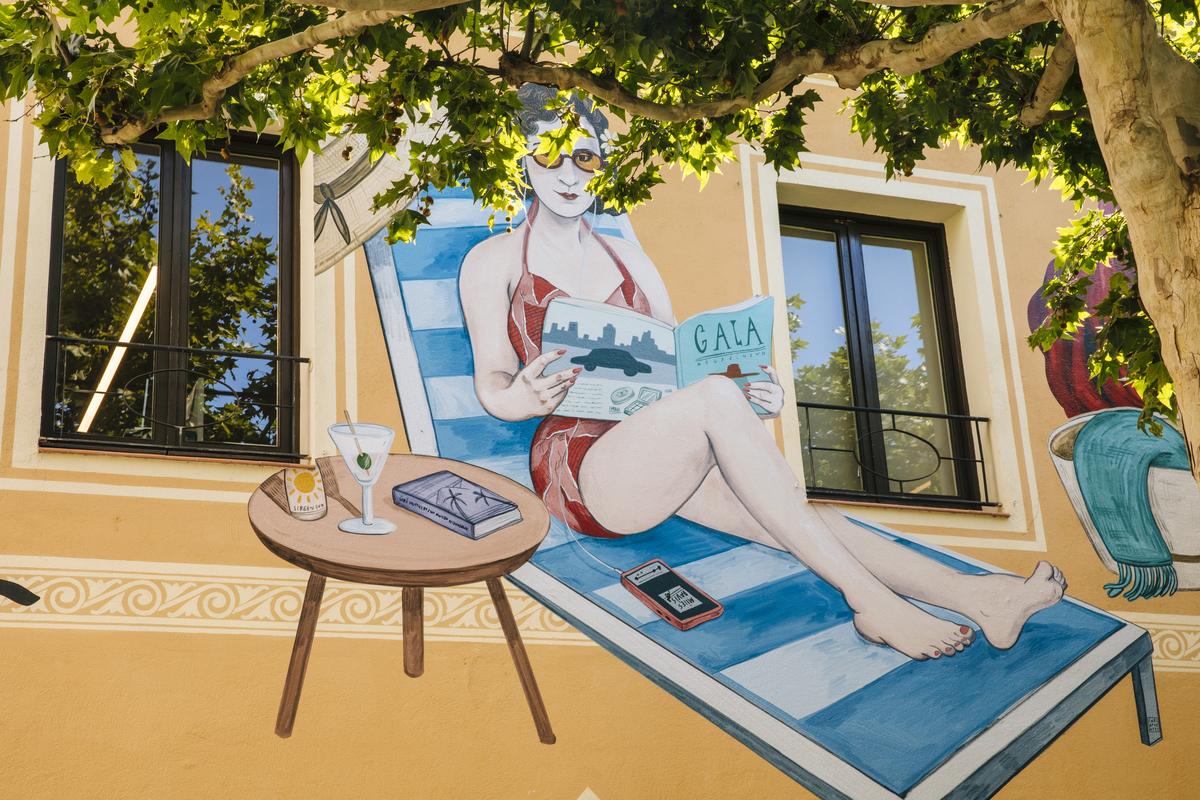
A painting by Carla Fuentes of Gala Dalí in La Roca Village
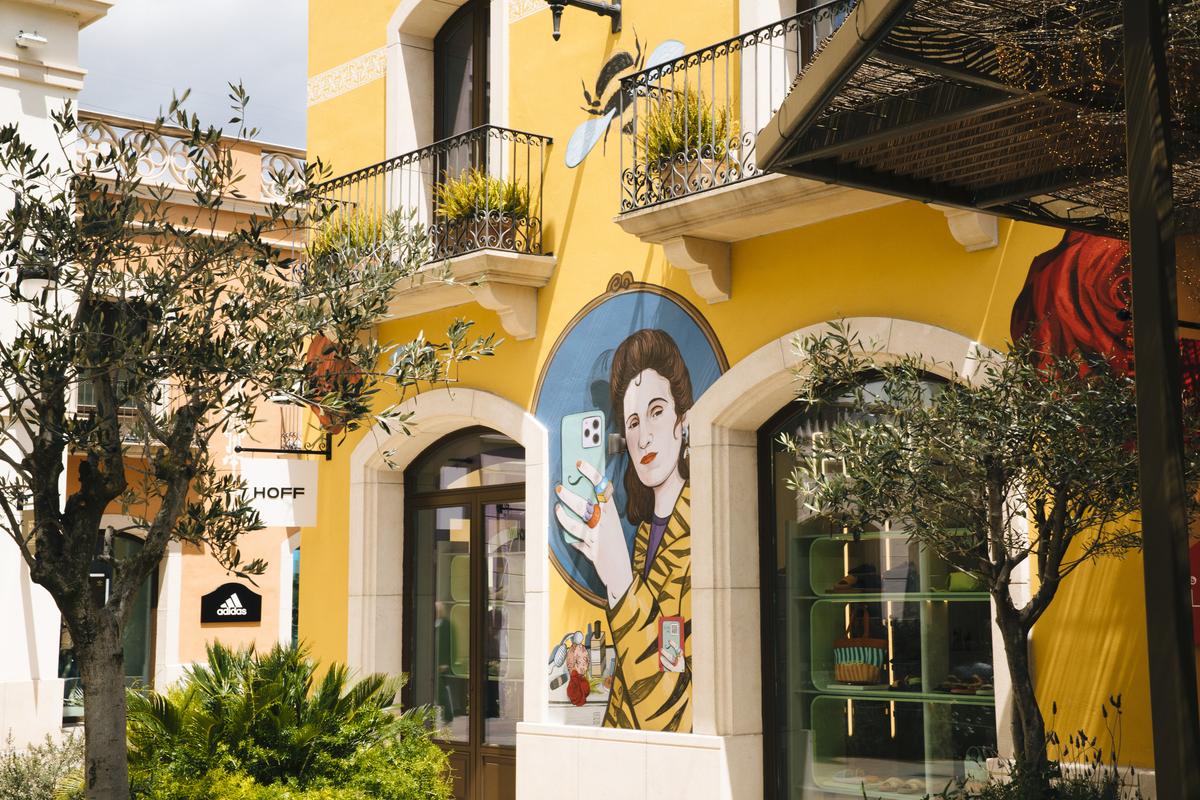
Portrait of Gala Dali in La Roca Village | Photo Credit: Alba Ricart
Meanwhile, Jordi Bernardo’s photographs, which are also part of the exhibition, provide Gala with context in her location. Christian Dior’s two-piece couture palette outfit is secretly brought into the palace kitchen. She wore it while dancing with a major government aid in the US. This image calls into question the gender norms that existed in her time, which she certainly did not adhere to.
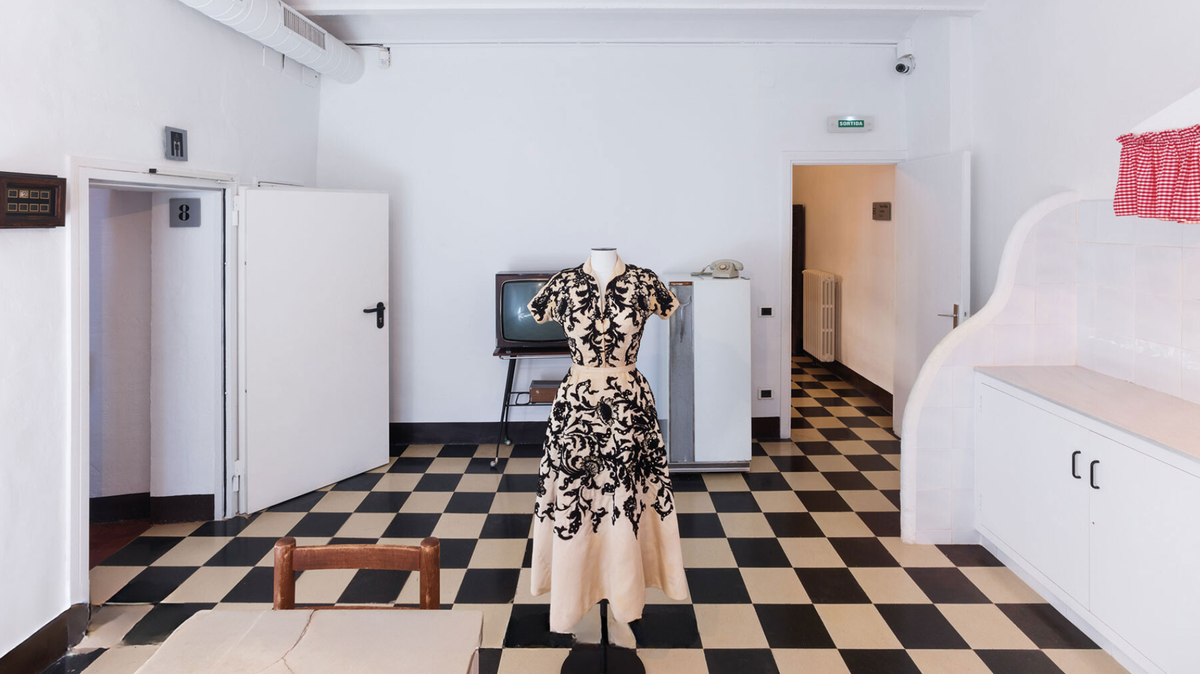
Musee du Louvre Dress designed by Dior in 1949 | Photo Credit: Jordi Bernardo
Similarly, Yoko Ono: Music of the Mind (Until September) The artist’s work goes beyond her relationship with Lennon. “Her activism for peace feels incredibly urgent in the state of the world right now,” says Catherine Wood, director of exhibitions and programs at Tate Modern, on why the exhibition is gaining momentum. The younger generation is seeing her as an artist in her own right. Through letter writing, educational art, performances, and interactive pieces, she is gaining popularity among a new generation.
teeth in the wheel
However, museums, being cultural centers, are also soft power for larger political systems. “Even if a curator has ambitions to put on a feminist exhibition, there are usually other forces at work in the background that can suppress those messages,” Koraca reminds me.
Did I want to see a wall of shame dedicated to the tabloid press, because of the blatant misogyny and xenophobia they committed against Yoko Ono in the 70s? Yes. Did I want to see Campbell’s personality shine through more, rather than a constructed image of a person being held up to a pedestal? Maybe. Did I want the gala’s story to be more prevalent and the next Met Gala theme dedicated to her legend? Absolutely, yes.
However, right now I’m really trying to get to know these women, and my god, they were great.
The author is a London-based freelance journalist who writes on fashion, luxury and lifestyle.
